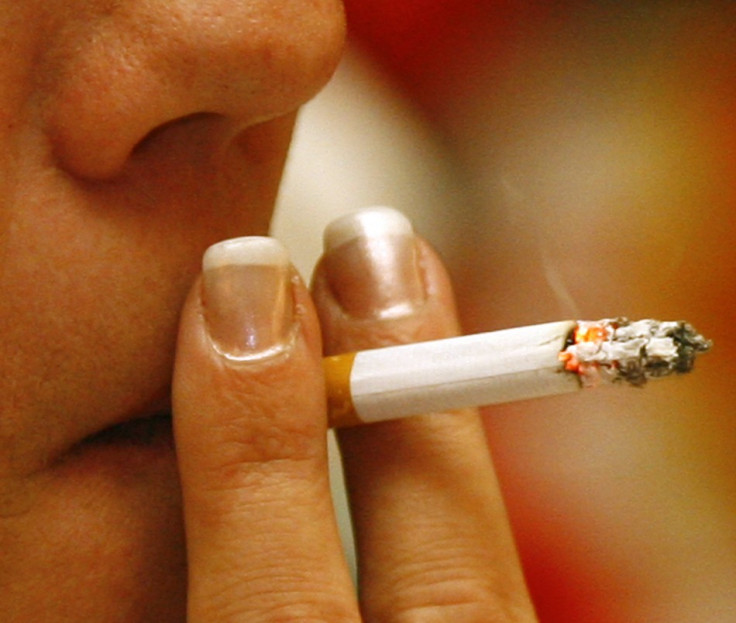Toddlers exposed to second-hand smoke likely to have bigger waists and higher BMI by age 10

Toddlers who are subject to second-hand smoke are likely to have a higher BMI and a wider waist by the time they are 10-years-old, prompting researchers to claim that smoking when your child is an infant could be as bad as smoking while pregnant.
Researchers from the University of Montreal state that if a child is exposed to second-hand smoke, they are likely to have waist sizes which are three-fifths of an inch wider than that of those the same age, and are expected to have BMI scores between .48 and .81.
Although the weight gain and wider waists may not seem that high, its effects begin to take toll in a phase in children's development known as the "adiposity rebound period," which can have long lasting effects.
However, study leader Professor Linda Pagani said: "We suspect the statistics we've established linking childhood obesity to exposure to parents' smoking may underestimate the effect due to parents under reporting the amount they smoked out of shame.
"Early childhood exposure to second-hand smoke could be influencing endocrine imbalances and altering neurodevelopmental functioning at this critical period in hypothalamic development, thus damaging vital systems which undergo important postnatal growth and development until middle childhood, i.e. the period that we've looked at in this study. The mechanisms by which household smoke negatively influences immune, neurodevelopmental, and cardiovascular processes are multiple and transactional."
It is the first study of its kind to specifically identify the link between the effect of second-hand smoke in infants and the marginal weight gain. Similar studies have not taken into account other mitigating circumstances such as parent's mental health.
However, Pagani and her team were conclusively able to identify the link by using data from the Quebec Longitudinal Study of Child Development, which is a vast survey of young children to which "parents and teachers contribute an array of information about the child's development, well-being, lifestyle, social environment and behaviour," according to the press release.
"In any event, our findings emphasize the importance of public health initiatives and parental sensitization aimed at domestic exposure reductions during the critical early childhood years," concludes Pagani.
© Copyright IBTimes 2024. All rights reserved.






